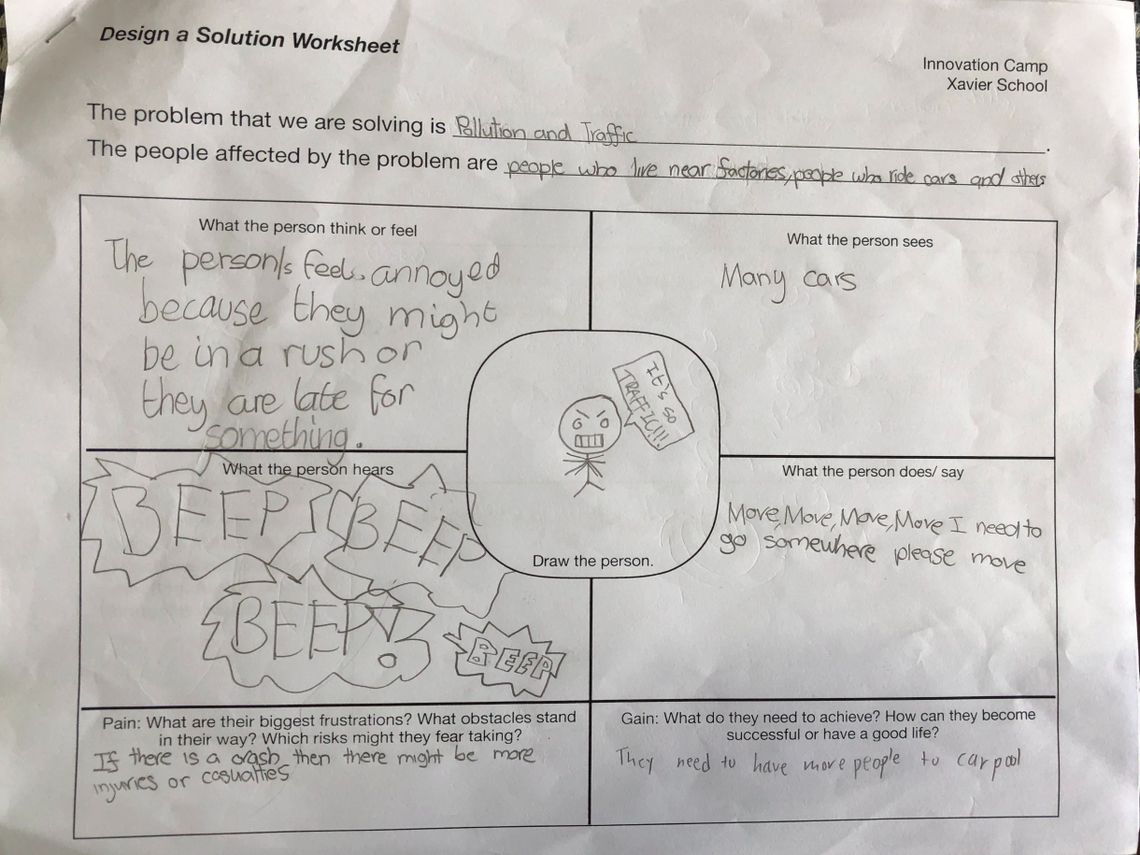Innovation Rooted in Empathy (It's E+STEAM)
In May 2017, I began to work on a project that aimed to involve Grades 5 and 6 students in understanding the UN Sustainable Development Goals and to think about how they could help in addressing the issues and challenges that go with the SDGs. My experience in working with technology tools and in using the design-thinking approach greatly influenced the framework for this activity. As I continued to flesh out ideas for the project, I eventually added essential elements that made the project more student-driven and more practical, but at the same time, still further developing and tapping on the creativity and critical-thinking skills of the young students.
The project slowly became bigger and bigger, which later became an inter-club collaboration that involved moderators and students from grade school clubs, such as the Young Scientists, Social Scientists, Tech Explorers, and SWAT (Students Working with Advanced Tech). This was the beginning of the Kids Can! Innovation Camp.
Innovation Rooted in Empathy
The Innovation Camp gave the students the freedom to choose the problem or challenge that they would address and solve. Hence, we saw different global and local problems that tackled bullying, peace, clean water, pollution, recycling, and of course, climate change. The students were given a design challenge worksheet that guided them to uncover and investigate about the problems they were solving and to come out with solutions that would address them.
One important aspect of the design challenge was the essential role of empathy in creating solutions. Hence, we spent time exploring and reflecting on how people are affected by the problems they were experiencing. As seen in their empathy map and exercise, the students explored what people affected by the problems see, hear, and say, their pains and their gains. The empathy map helped the students to deeply focus their solutions to the needs of the people being affected by the problems. It gave them the chance to feel what the people were feeling. It provided an opportunity for deeper and since insight to the experience and to the problems.

